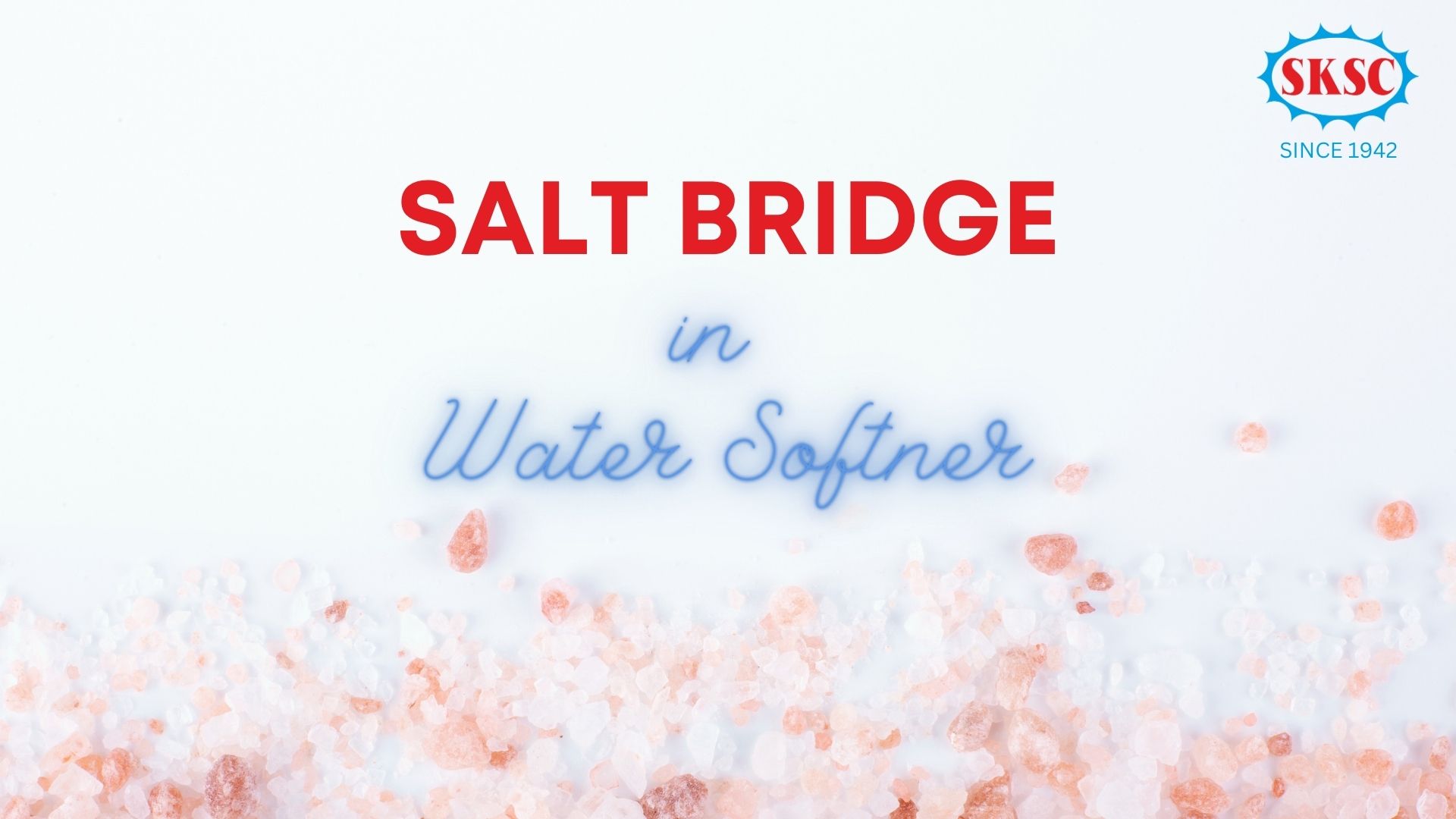
Salt Bridges From The Tank Removed
Most do-it-yourself homeowners may simply solve the problem of salt bridging, which is a frequent issue. Start by using the bypass valve to switch off the water supply to your softening system. Find a blunt object with a long handle, such as a broom or mop, and place it upside down into your tank handle first. With the handle, strike the salt bridge's center until it snaps and falls into the tank. When the entire bridge is free of salt, even any that is still at the borders, keep breaking apart at the salt crust.
Be careful not to shatter or puncture the tank as you work on the bridge. Never use more force than necessary because certain tanks have platforms with varying heights. The more salt there is in the tank, the more difficult it is to get rid of, but a little tap should be enough to make the salt crumble. The objective is to destroy the salt bridge rather than the tank.
Scoop and remove any loose salt chunks that come to the top as you proceed. Pour some warm water into the tank to clean and dissolve any salt from the bridge that is still stuck there. Take your softener out of bypass once everything has been resolved, then go to your owner's manual to start a new regeneration process. Regenerate until all of the salt has been removed from the tank. The water softener will then function as usual when you add fresh salt.
Is Your Salt the Problem?
If salt bridges start to happen frequently, the salt you're using might not be of good quality. Salt occurs in a variety of forms, measurements, and degrees of purity. The best salt for your body is actually soluble, or easily dissolved in water. It is salt with the greatest purity standards. High purity salt softens hard water and increases equipment longevity. Water hardness levels, softener configuration, and home water usage should all be taken into account when selecting salt. Consult your user handbook for the manufacturer's recommended salt quantity for reliable and long-lasting water softening.
The type of salt you use inside your tank and how it's leveled are both crucial. Never overfill or replenish your water softener too regularly to guarantee that it will serve your household with perfectly softened water. Keep the salt in your brine tank at least a quarter filled and no lower than 6 inches from the top. A few inches should always separate your salt level from the water. Use only salt intended for use in residential water softening systems. The purest type of sodium-based salt used to soften water is evaporated salt, which also has the lowest likelihood of bridging. When purchasing salt, look for trusted brands and compare prices. Using high purity salts, such as S.K.S.C.NADARAJAN & BROR. business salt, will likely help you avoid many salt problems that can arise in a softener's brine tank and will also help you get rid of the buildup that hard water can cause inside your pipes and appliances. Avoid using cheap salt, which can require frequent maintenance and ineffectively remove hardness ions. The better your system is in removing hard water minerals, the better your water will function in regular household use. Your water softening system will benefit from using the proper salt if you want your home to continuously receive high-quality, softened water.
S.K.S.C.NADARAJAN & BROR.
Salt company since 1942
Tuticorin Salt | India Salt | Tamil nadu Salt | Salt company Tuticorin | Salt company tamil nadu | Salt company India | India old salt company | SKSC salt | salt Thoothukudi | salt exporter tuticorin | Thoothukudi salt | Sea salt Thoothukudi | Sea salt tuticorin | Thoothukudi traditional salt | Thoothukudi salt exporter | deicing salt tuticorin | deicing salt exporter | Tuticorin saltern | thoothukudi saltern | South India salt company | South indian salt export | Kerala salt supplier | Salt supplier | fine salt | freeflow salt | crushed salt | crystal salt
